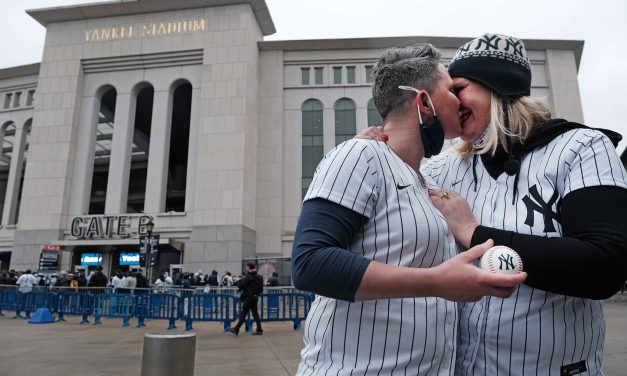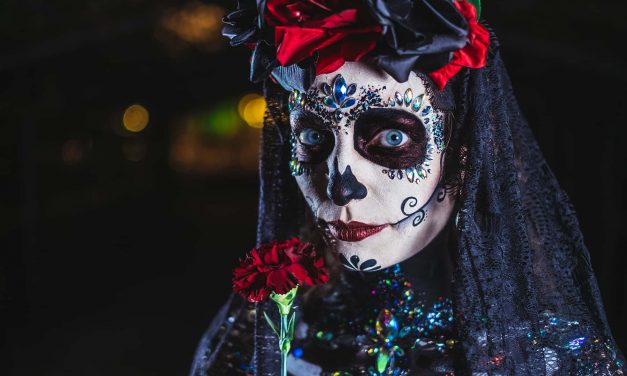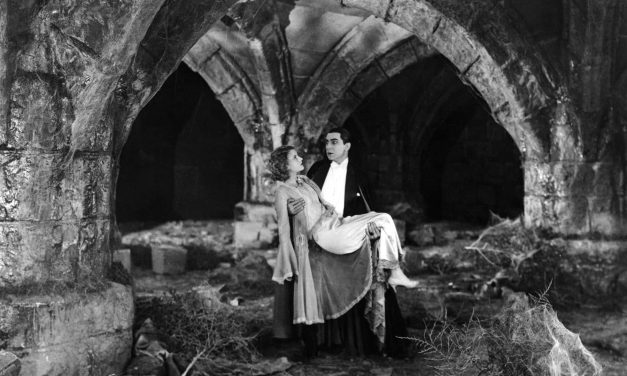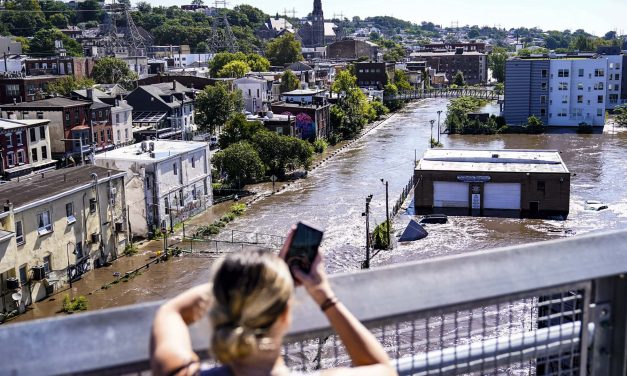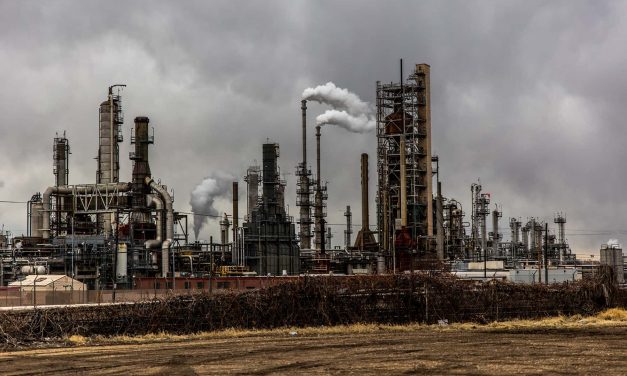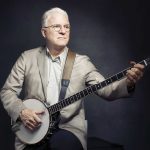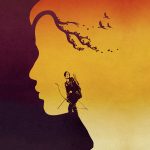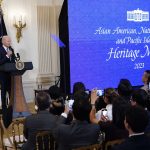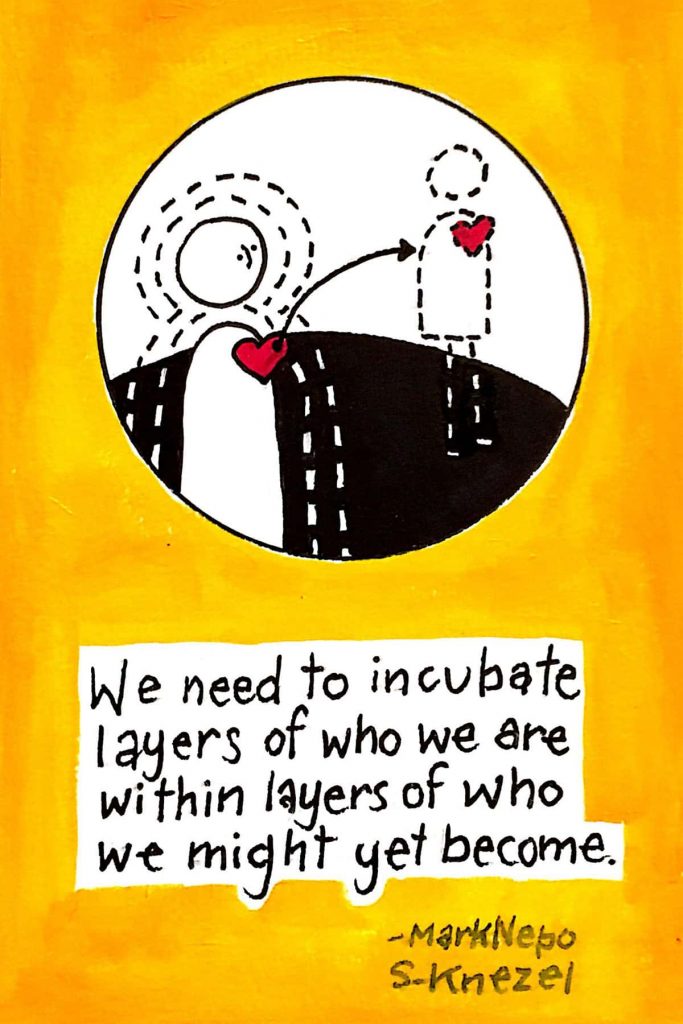No perfect time: Why a lingering stain of homophobia has kept major league baseball in the closet
By Peter Dreier, E.P. Clapp Distinguished Professor of Politics, Occidental College In his 1990 autobiography, “Behind the Mask: My Double Life in Baseball,” Dave Pallone, a gay major league umpire who was quietly fired in 1988 after rumors about his sexual orientation circulated in the baseball world, contended that there were enough gay major league players to create an All-Star team. Since then, attitudes and laws about homosexuality have changed. High-profile figures in business, politics, show business, education, the media, the military and sports have come out of the closet. Athletes in three of the five major U.S. male...
Read More
